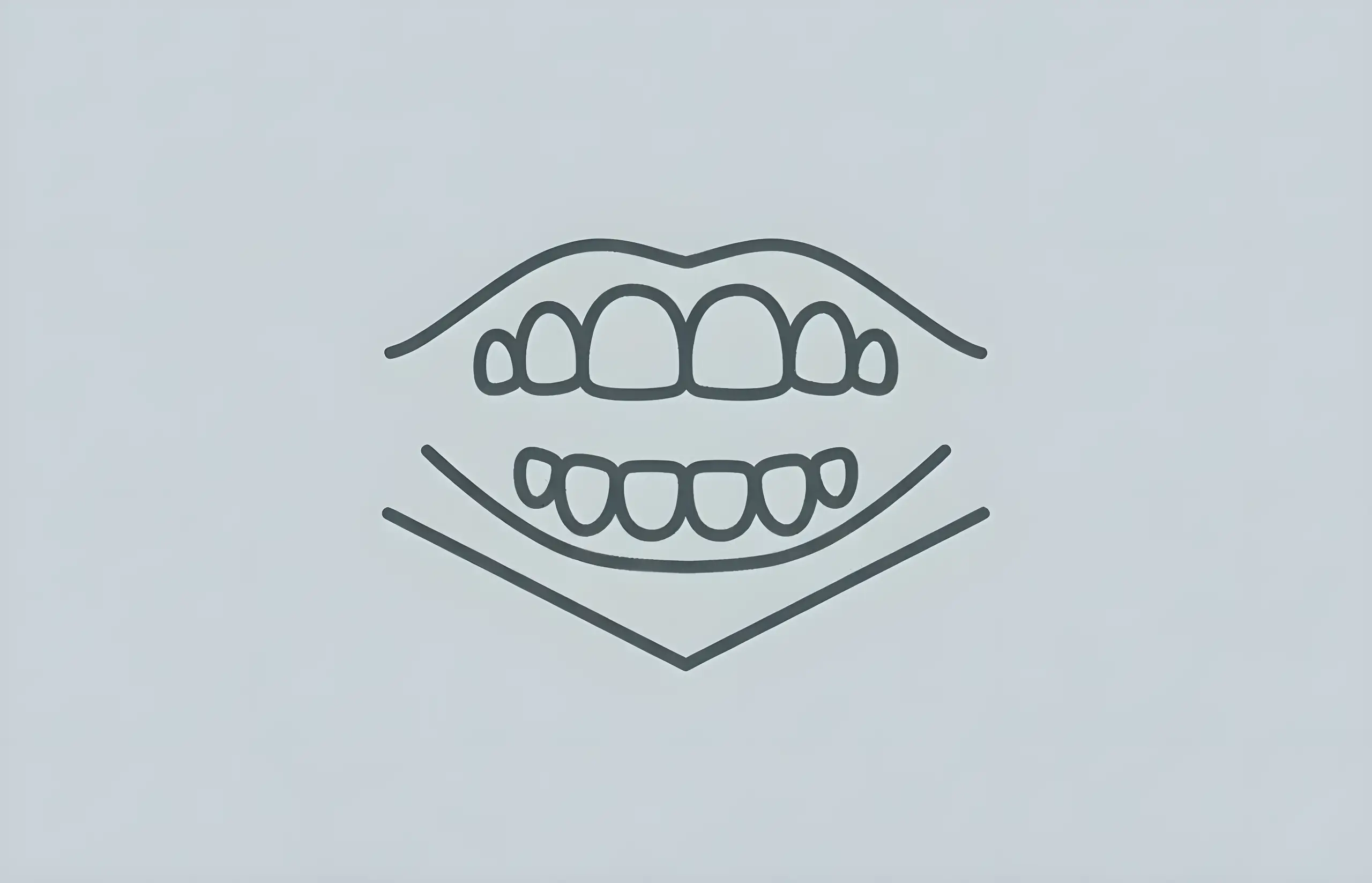An open bite is a type of malocclusion or misalignment of the teeth. This type of malocclusion creates a visible opening in the bite between the upper and lower teeth.
The most common type of open bite is called an anterior open bite. The front (anterior) teeth don't touch with this type.
A posterior open bite, where the back teeth don't touch, is less common and can sometimes occur during treatment with braces. The treating orthodontist can make adjustments to fix it if this happens.
An open bite can affect the smile and the way a person eats and speaks. It can also cause excessive wear on the back teeth, which can put the teeth at risk of fractures.
Causes
Open bites are a common occurrence in childhood during the transition from primary teeth to permanent teeth. Sometimes primary and permanent teeth can erupt in the wrong order, which can cause a temporary open bite. However, the misalignment usually corrects itself by the time all the permanent teeth come in.
Certain habits can contribute to the misalignment of an open bite if they continue once permanent teeth start coming in.
Prolonged use of pacifiers and thumb-sucking can put pressure on the front teeth and cause them to slant outward as they're growing in.
Tongue thrusting, when the tongue is pushed forward against the teeth when swallowing or talking, can cause a similar effect on the teeth.
People who suffer from TMJ, temporomandibular joint dysfunction, may subconsciously use tongue thrusting when they feel the need to readjust the jaw.
There are skeletal problems involving the jawbones that can also cause misalignment. With a skeletal open bite, the jaws can grow apart instead of parallel to each other. Overgrowth of bone at the base of the jaw can also cause overjet, meaning the front teeth protrude.
Treatment Options
Some people may seek treatment primarily for cosmetic reasons or to help if they have difficulty eating certain foods. For others, the correction may be necessary to address lisps and other speech impediments or to limit the damage an open bite can cause to teeth.
Treatment options include:
- Behaviour modification – therapy to correct habits like tongue-thrusting or thumb sucking
- Orthodontic treatment – dental appliances like braces, headgear, and specialized appliances to prevent tongue thrusting
- Surgery – orthognathic surgery to realign the jawbones
Treatment for open-bite in children up to age four is not usually necessary. Once permanent teeth start to erupt, you should take measures like behaviour modification to prevent an open bite from continuing to develop.
Orthodontic treatments might be needed if permanent teeth continue to grow into an overbite and can be very successful throughout childhood and adolescence.
While orthodontic treatments can often fix open bites in children, adults are more likely to need surgery to correct the open bite. After the age of 18, options become more limited, and the need to intervene with surgery increases because the jaw and teeth are no longer developing and are much more rigid. A combination of surgery and orthodontics may yield the best results for adults.
Sources and References
-
[1]
Anterior Open Bite Malocclusion: From Clinical Treatment Strategies towards the Dissection of the Genetic Bases of the DiseaseInternational Journal of Molecular Scienceshttps://pmc.ncbi.nlm.nih.gov/articles/PMC10672619/
- [2]
-
[3]
Management Strategies for Open Bite Relapse: A Systematic Review and Meta-AnalysisApplied Scienceshttps://pmc.ncbi.nlm.nih.gov/articles/PMC11018291/
-
[4]
Combined orthodontic and surgical open bite correction: Principles for successAmerican Journal of Orthodontics and Dentofacial Orthopedicshttps://pmc.ncbi.nlm.nih.gov/articles/PMC8887413/
-
[5]
Impacts of Skeletal Anterior Open Bite Malocclusion on SpeechJournal of Speech, Language, and Hearing Researchhttps://pmc.ncbi.nlm.nih.gov/articles/PMC9328410/
All sources accessed and verified on . Medical information reviewed for accuracy and compliance with current guidelines.
Related Articles
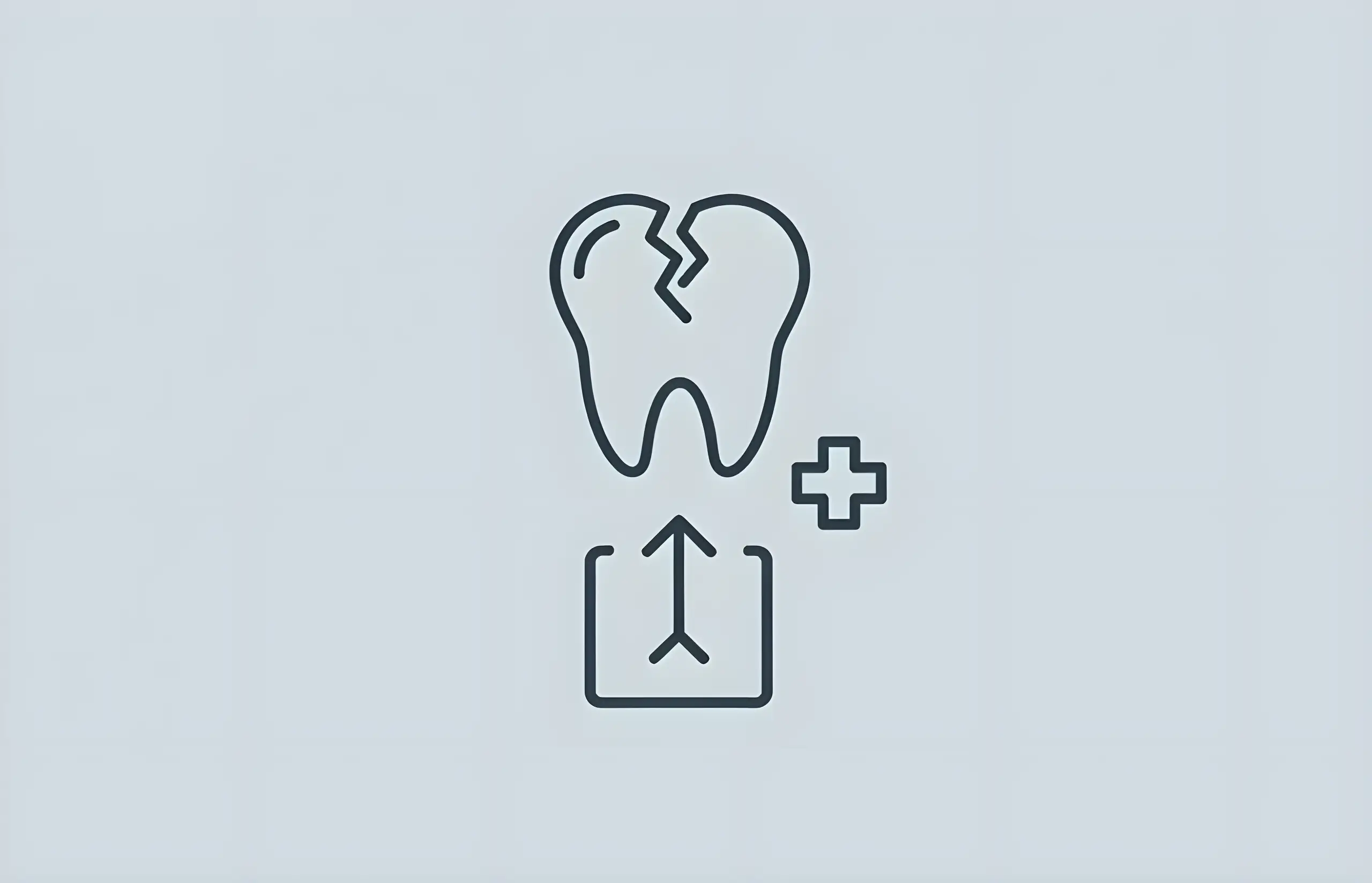
What To Do If You Have A Broken Molar
Understanding why molars break, recognizing symptoms from chips to severe fractures, and knowing when to seek urgent dental treatment
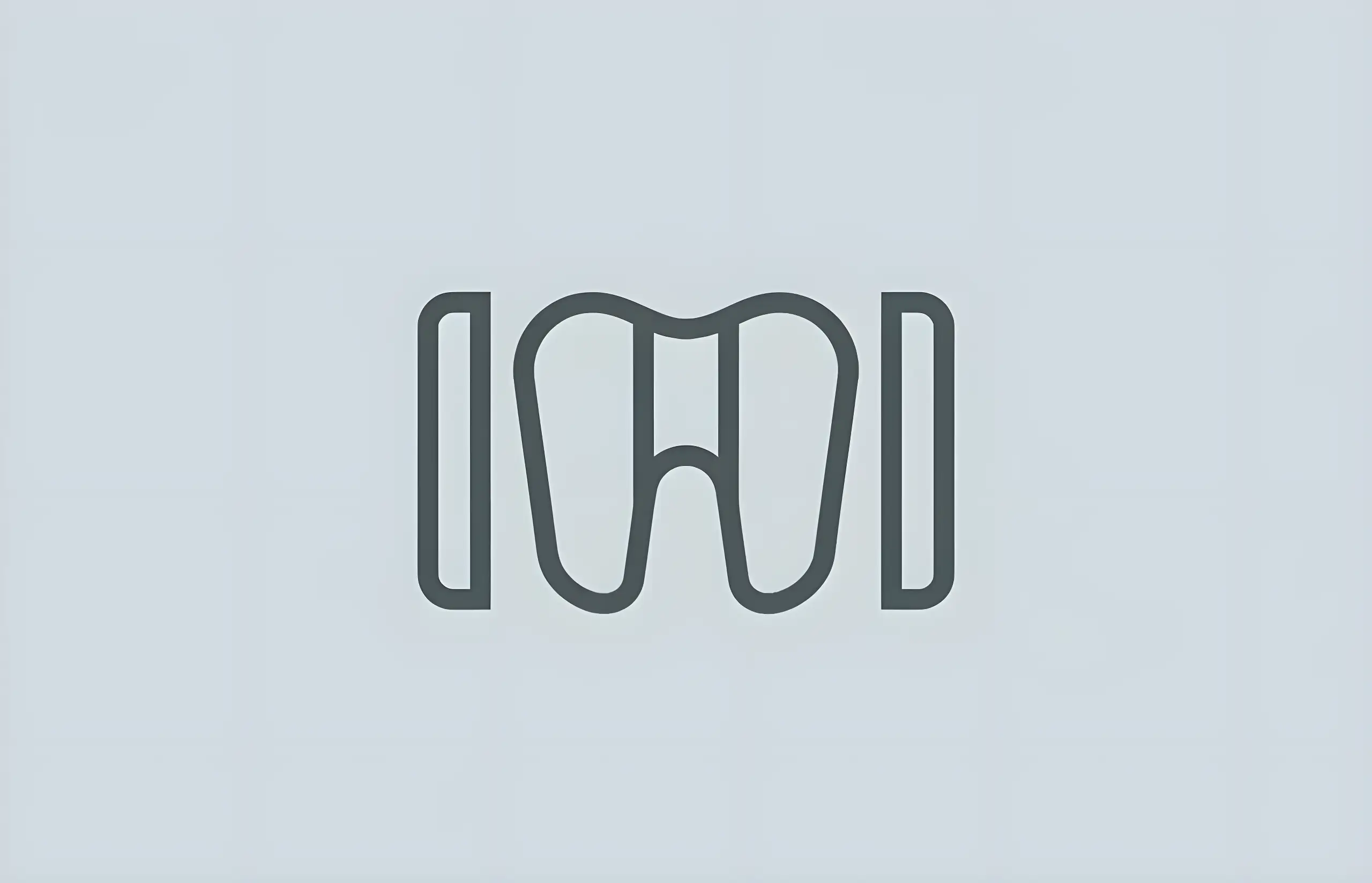
Diastema: How To Fix Gaps In Teeth
Comprehensive guide to diastema causes, types (midline and mandibular), prevalence in children (41.75%), treatment options including braces, veneers, composite bonding, frenectomy, and clinical outcomes
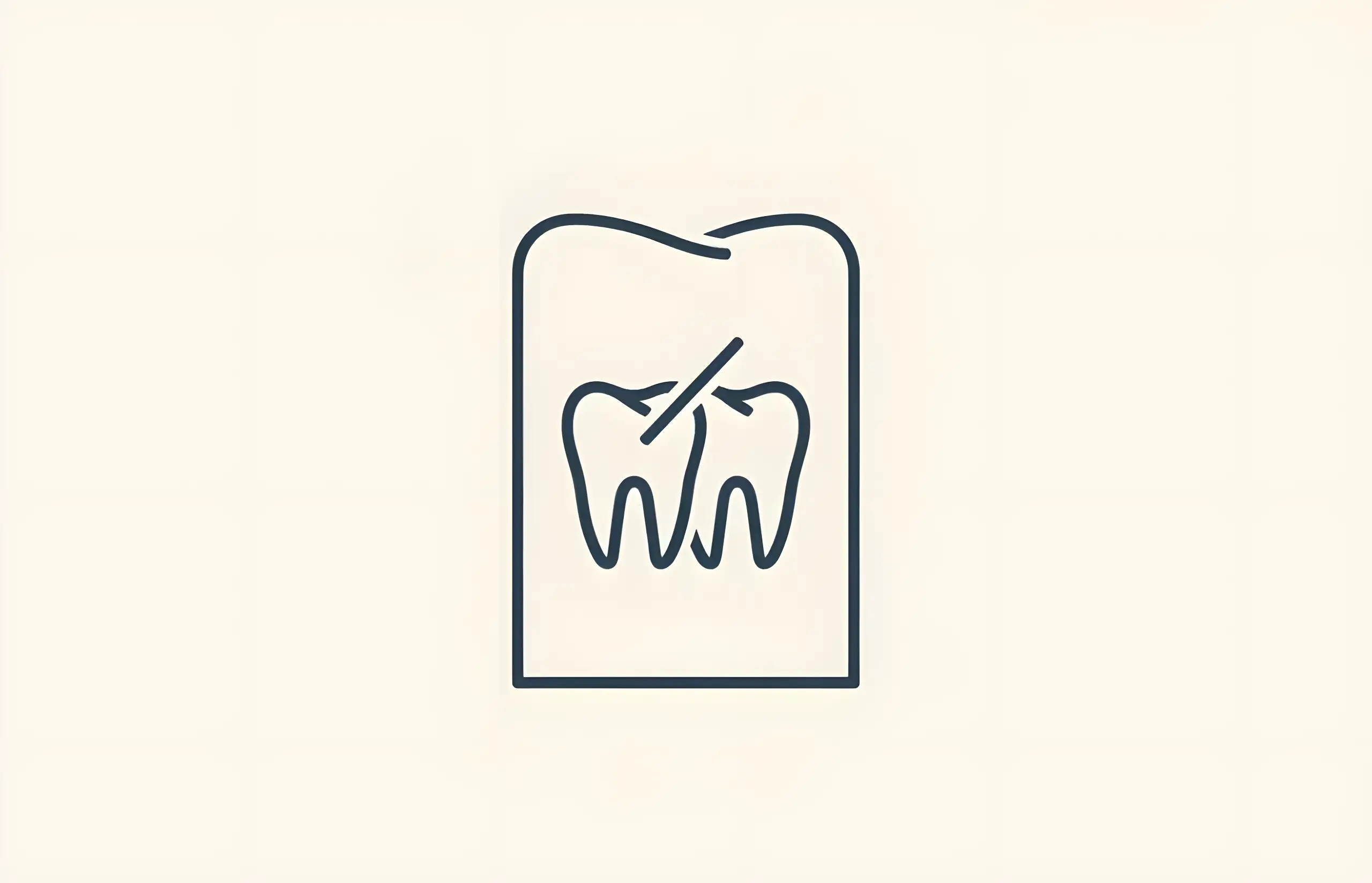
How to Fix a Crooked Tooth
Comprehensive guide to fixing a single crooked tooth, including treatment options, costs, and reasons to seek correction
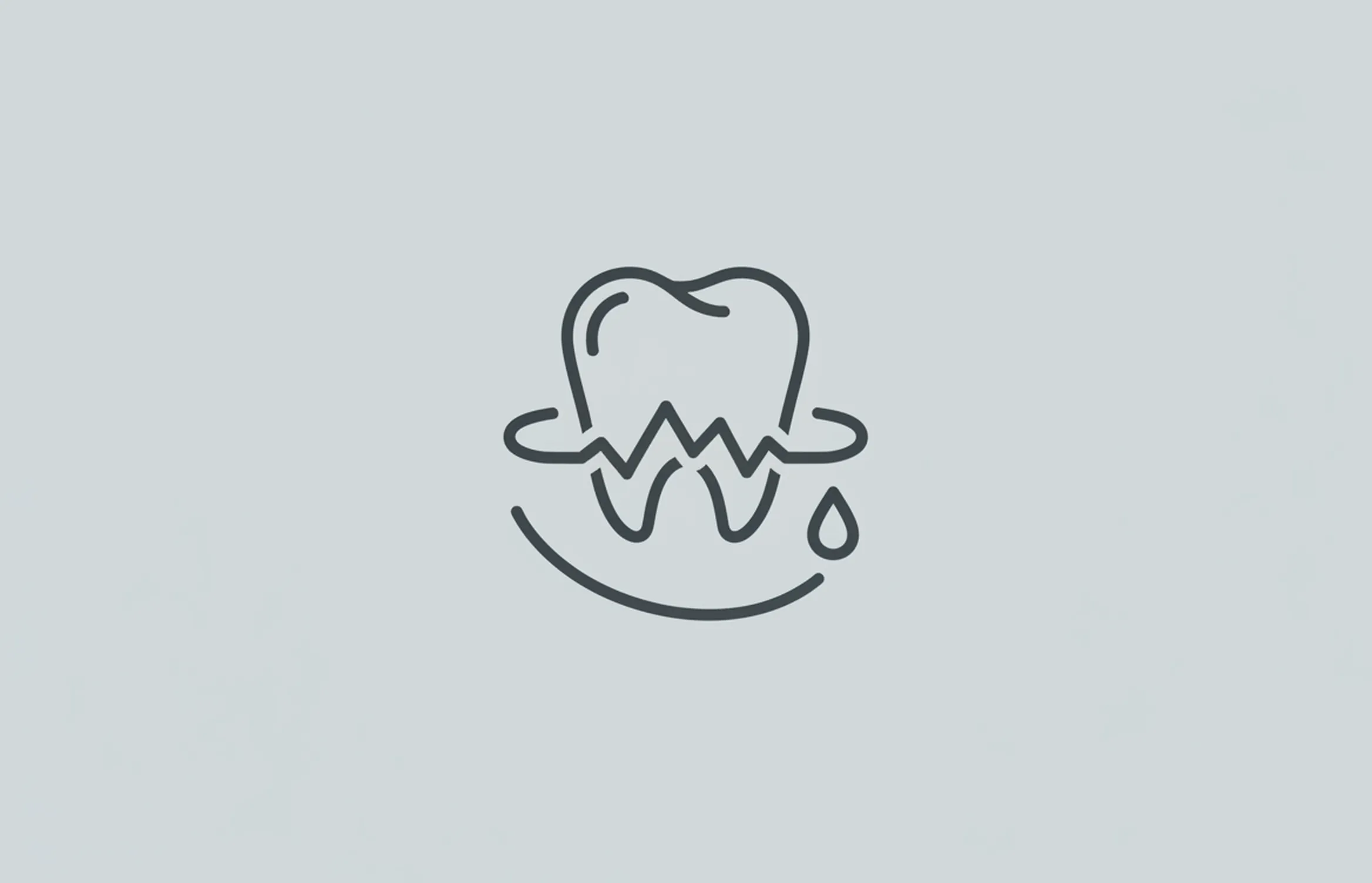
How To Treat Gingivitis
Learn effective treatments for gingivitis including home care strategies, proper oral hygiene techniques, and prevention methods to restore gum health
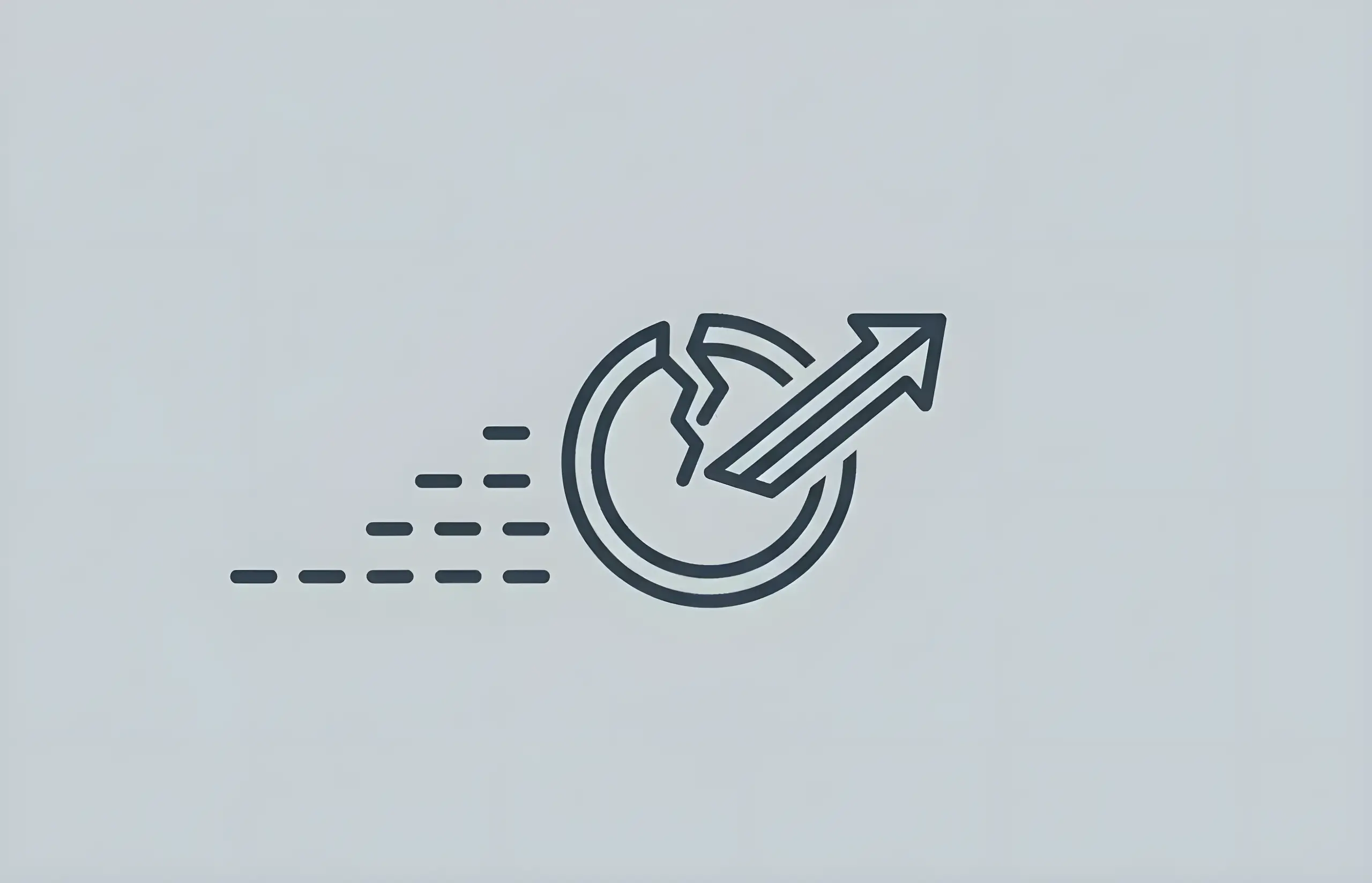
What is the Cost to Repair Chipped, Cracked, or Broken Teeth?
Comprehensive guide to tooth damage repair costs in the UK: NHS Band 1 (£22.70) for minor chips, Band 2 (£62.10) for fillings/root canals, Band 3 (£269.30) for crowns/veneers, with treatment success rates and prevention strategies
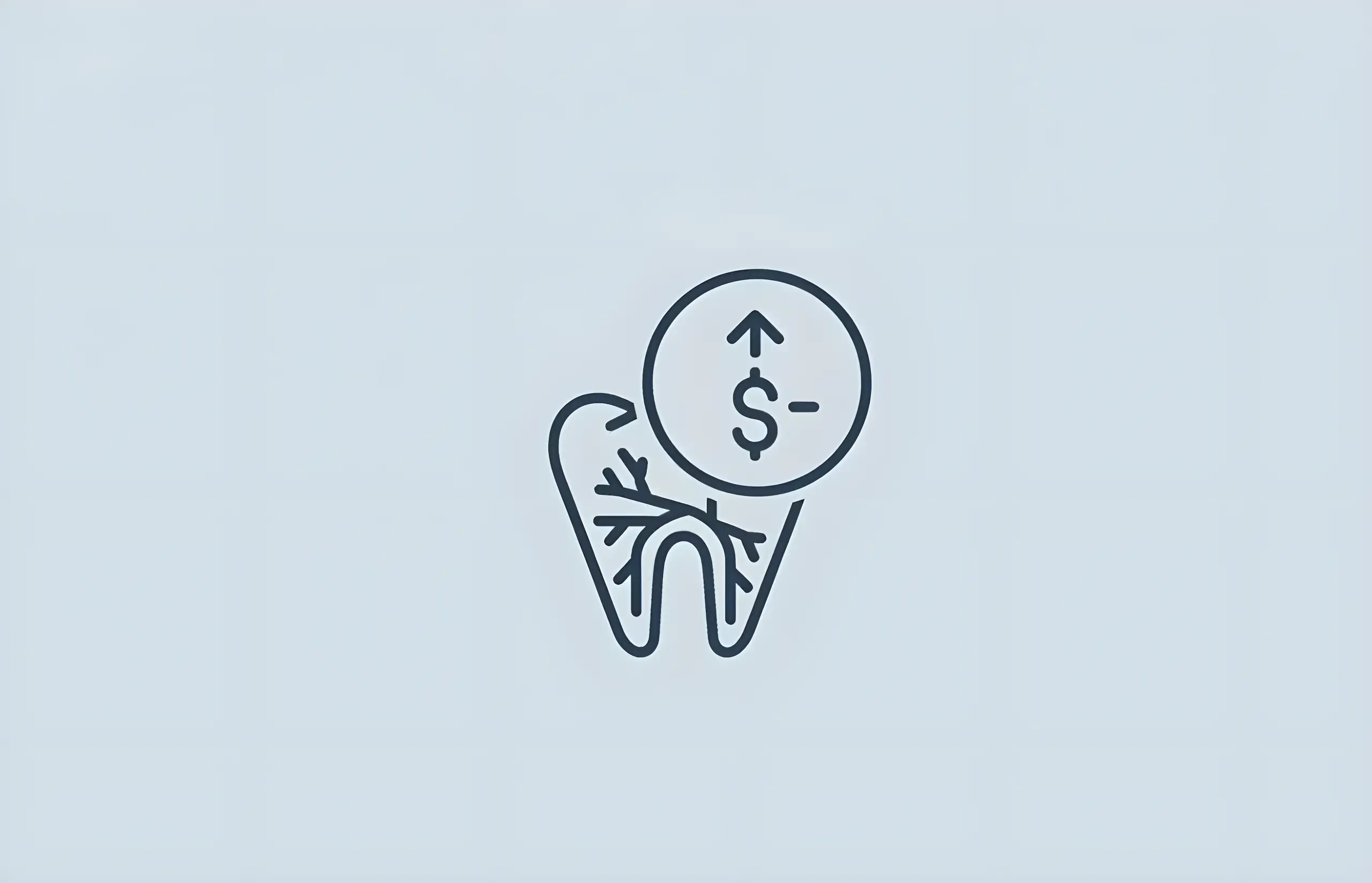
Root Canal Treatment – Costs and Information
Comprehensive guide to root canal treatment including what it is, the procedure, costs in the UK (NHS and private), and who needs endodontic therapy
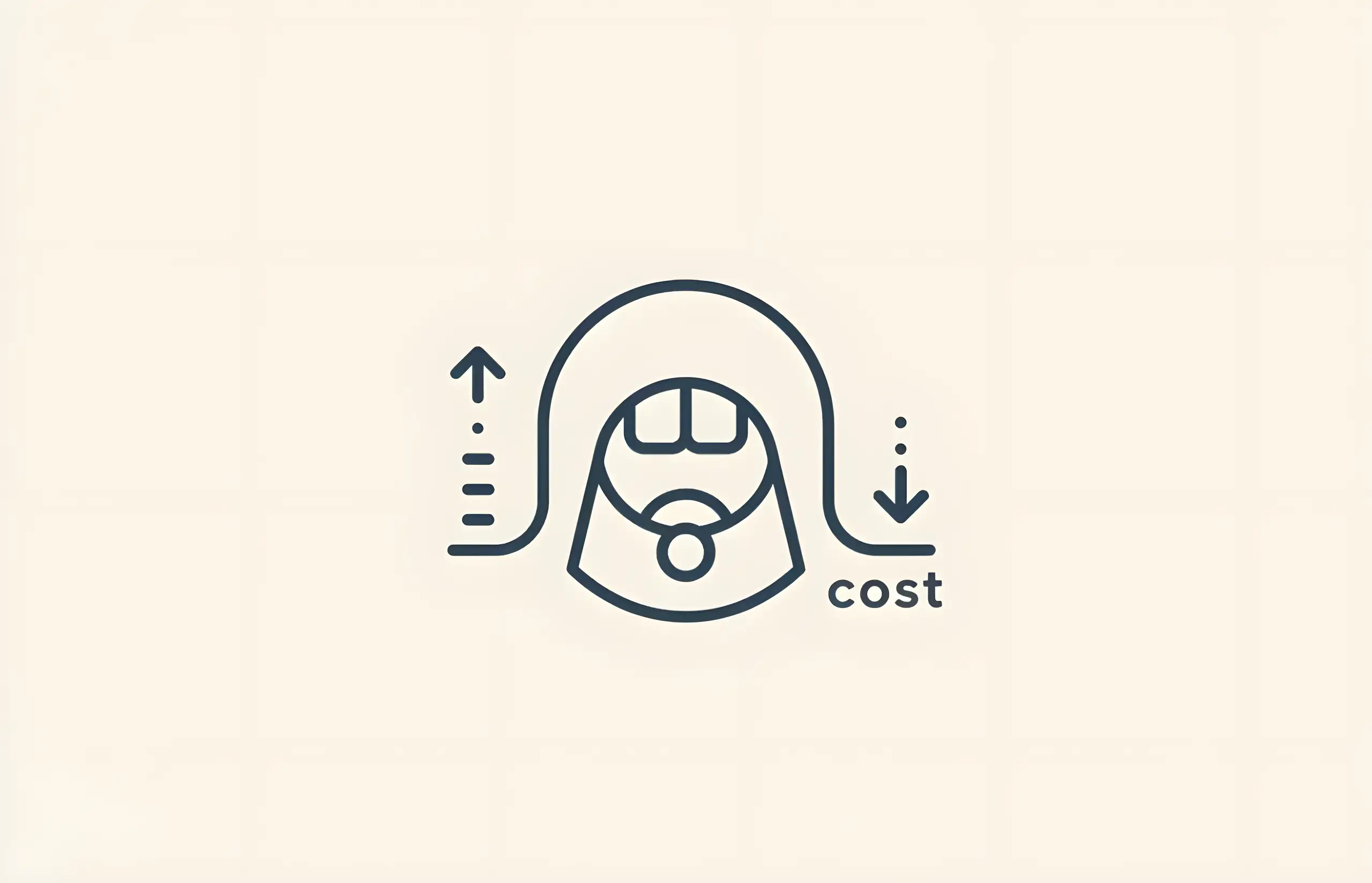
How Much Does Teeth Cleaning Cost?
Comprehensive guide to teeth cleaning costs in the UK, NHS pricing bands, scale and polish procedures, dental hygiene benefits, and professional teeth cleaning information

How Much Does A Tooth Extraction Cost?
Understanding the costs, procedures, and benefits of tooth extraction in the UK
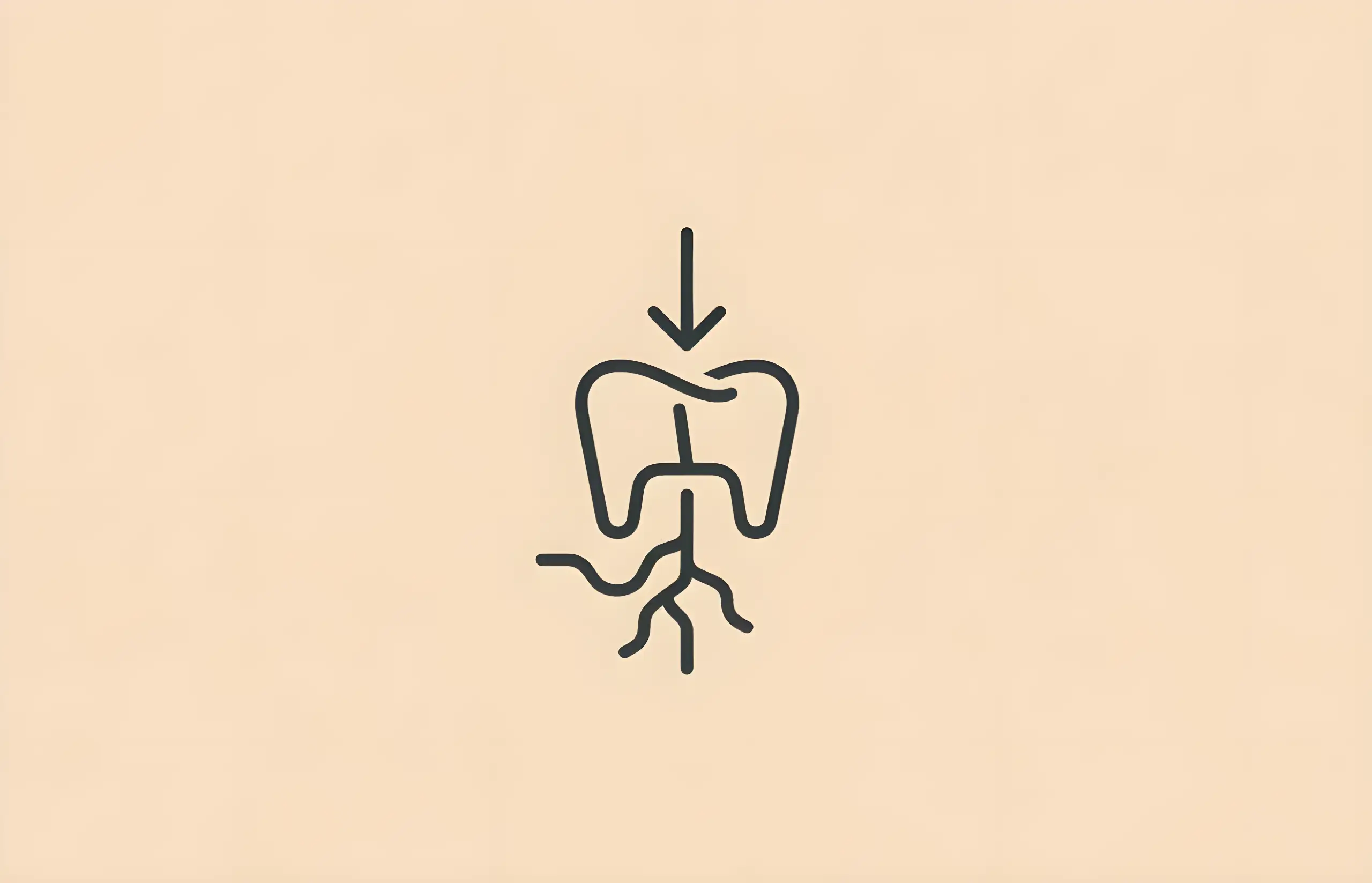
What Causes Teeth to Shift in Adults?
Understanding age-related tooth movement, poor habits, and treatment options to maintain dental alignment in adulthood
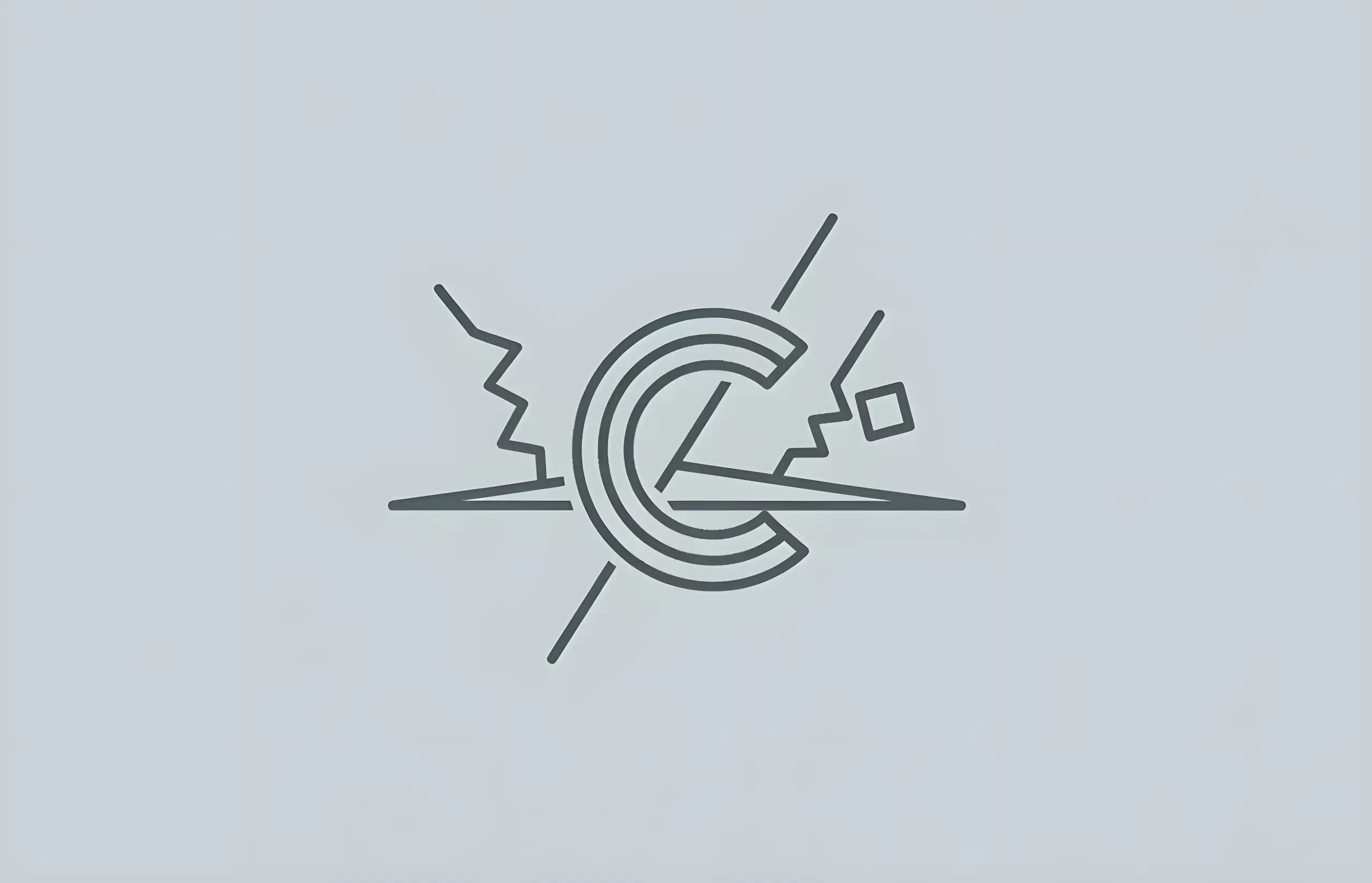
What Causes Crooked Teeth?
Understanding the genetic, environmental, and developmental factors that lead to misaligned teeth and available treatment options

What is a Crossbite?
Learn about crossbite malocclusion including types (anterior and posterior), hereditary causes, childhood factors like thumb-sucking, treatment options, and potential complications
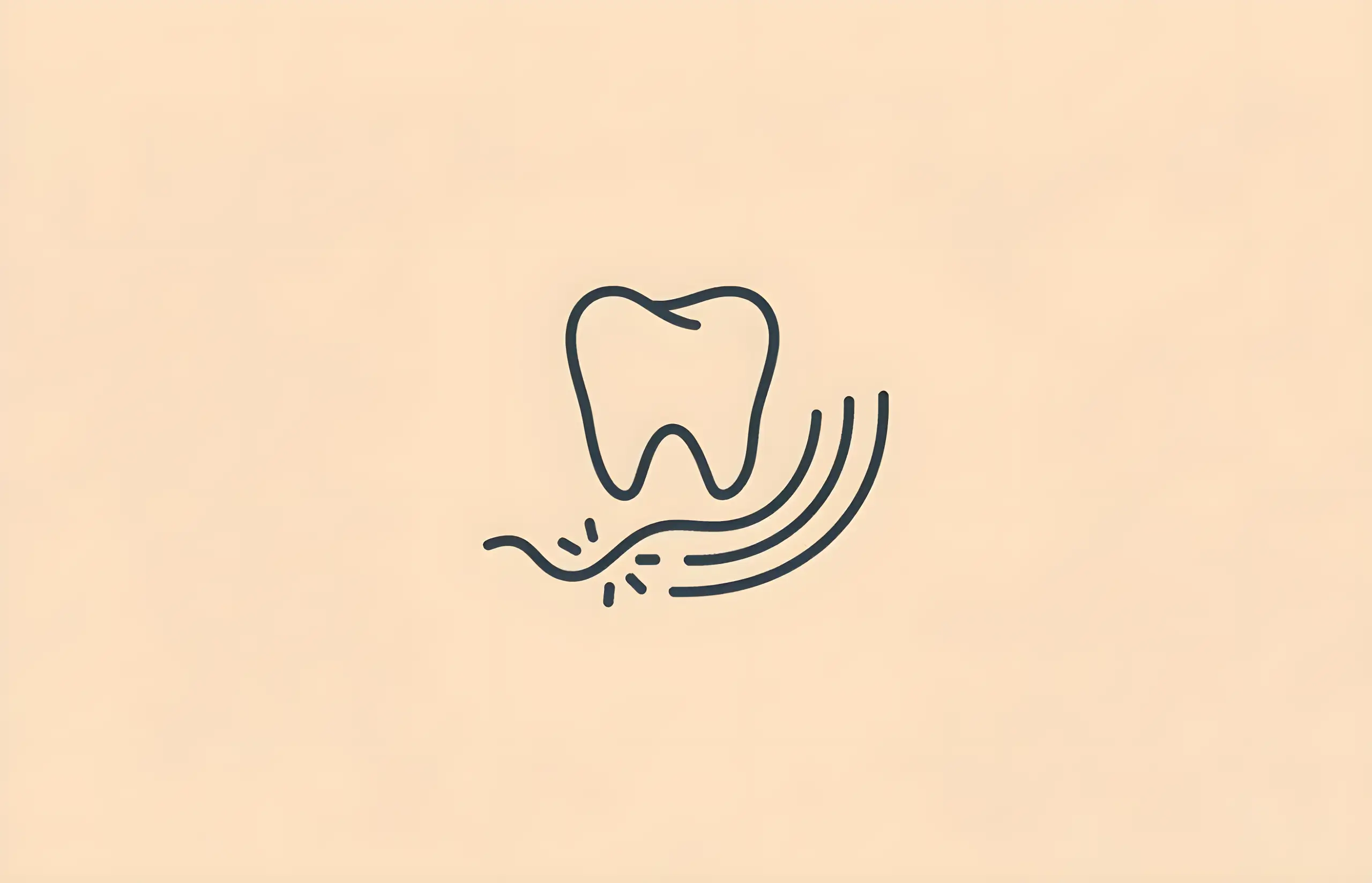
What Is Gingivitis?
Comprehensive guide to gingivitis, a common gum disease affecting 50-90% of adults, including causes, symptoms (bleeding, swelling, bad breath), treatment with scaling, and prevention through proper oral hygiene
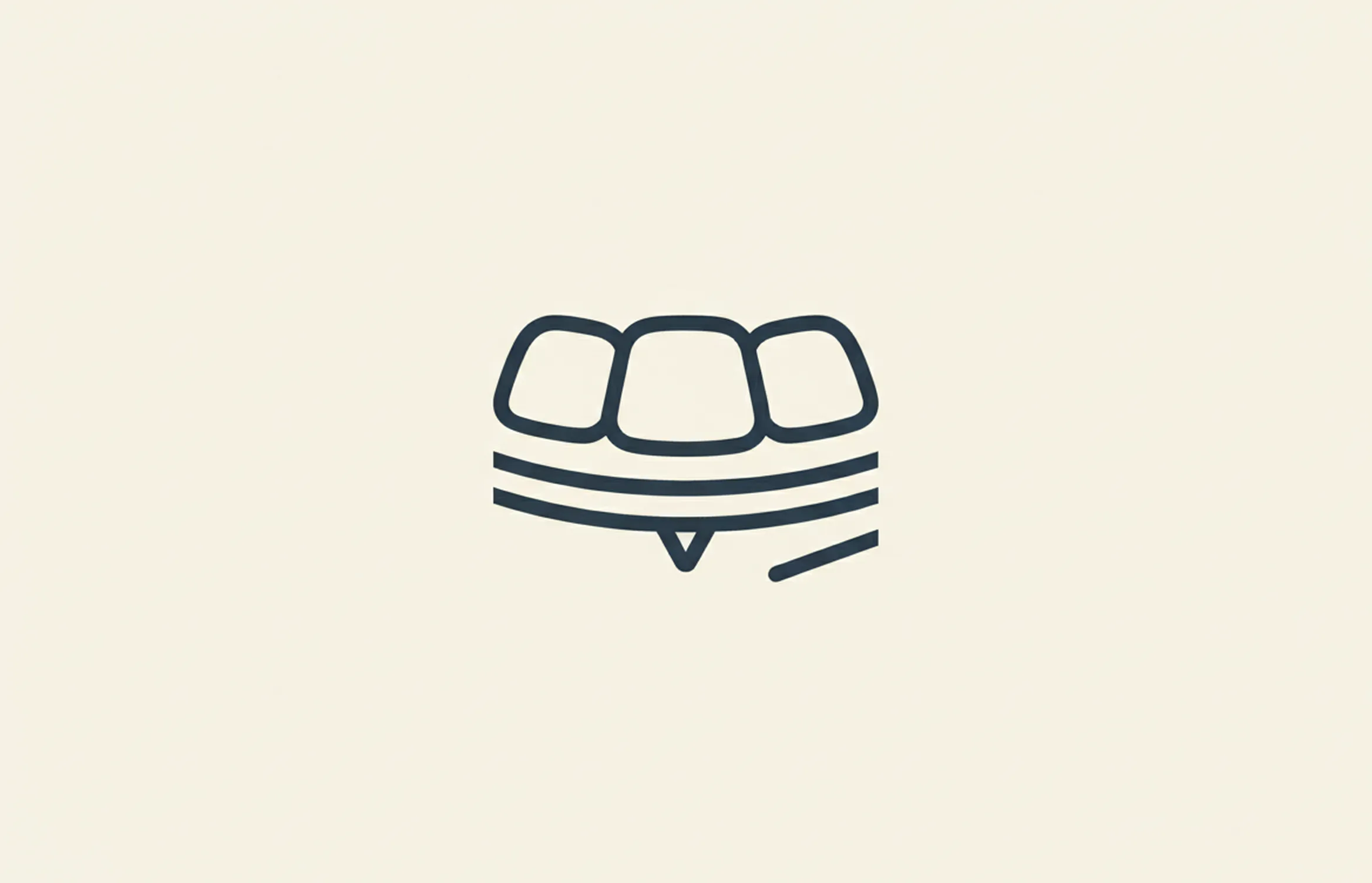
What Is Teeth Contouring?
Understanding dental contouring (enameloplasty) - a quick cosmetic procedure to reshape teeth by removing enamel for a straighter, more polished smile
About The Dental Guide
The Dental Guide is a trusted online resource providing evidence-based information about dental health, treatments, and procedures. Our content is created and reviewed by qualified dental professionals to help you make informed decisions about your oral health.
Our Mission
- Evidence-based dental information
- Expert-reviewed content
- Clear, accessible explanations
- Latest treatment options
- Patient-focused guidance
Editorial Standards
- GDC-registered dental professionals
- Peer-reviewed sources
- Regular content updates
- Medical accuracy verification
- Transparent authorship
Important Notice
The information on The Dental Guide is for educational purposes only and should not replace professional dental advice. Always consult with a qualified dentist for diagnosis and treatment recommendations tailored to your individual needs and circumstances.
Medically Reviewed
Reviewed by Dr. Nasim Mechoui , BDS (Bristol)
Share this article
Comments & Discussion
Have questions about dental implants? Share your thoughts or experiences.
